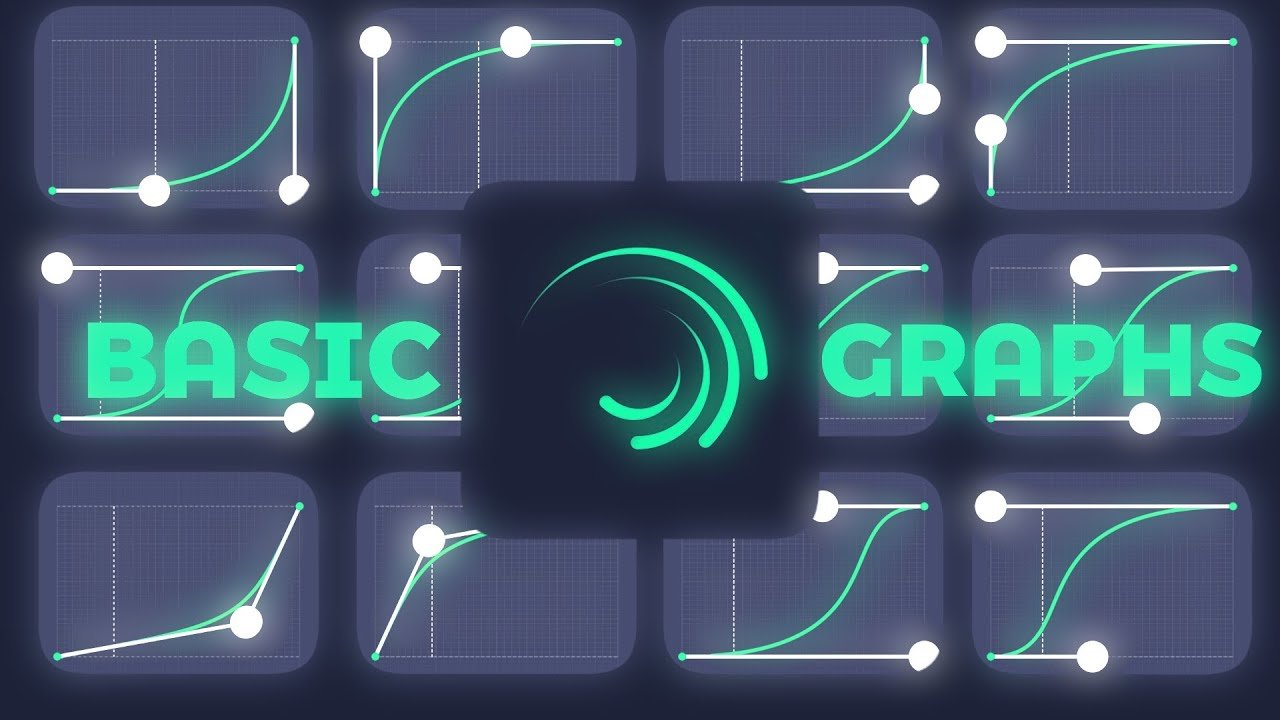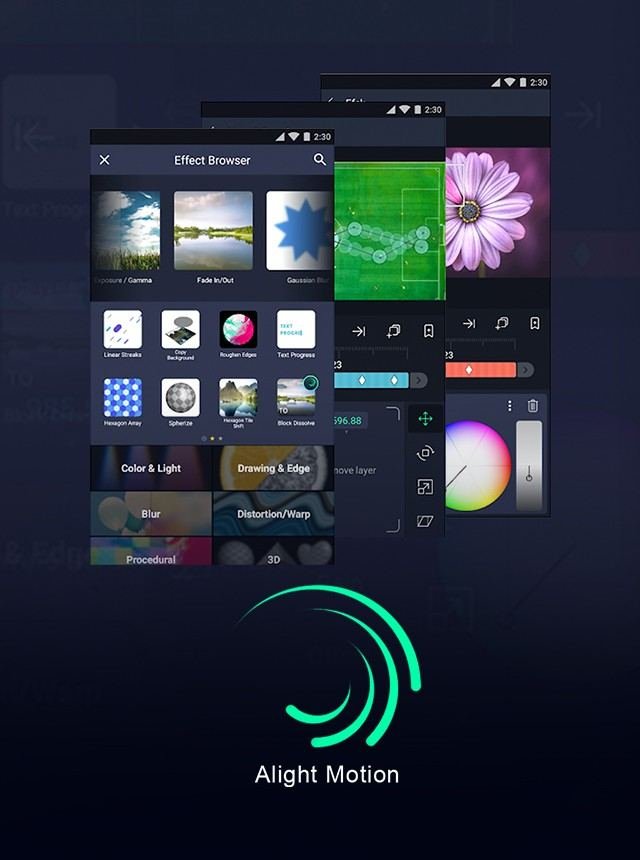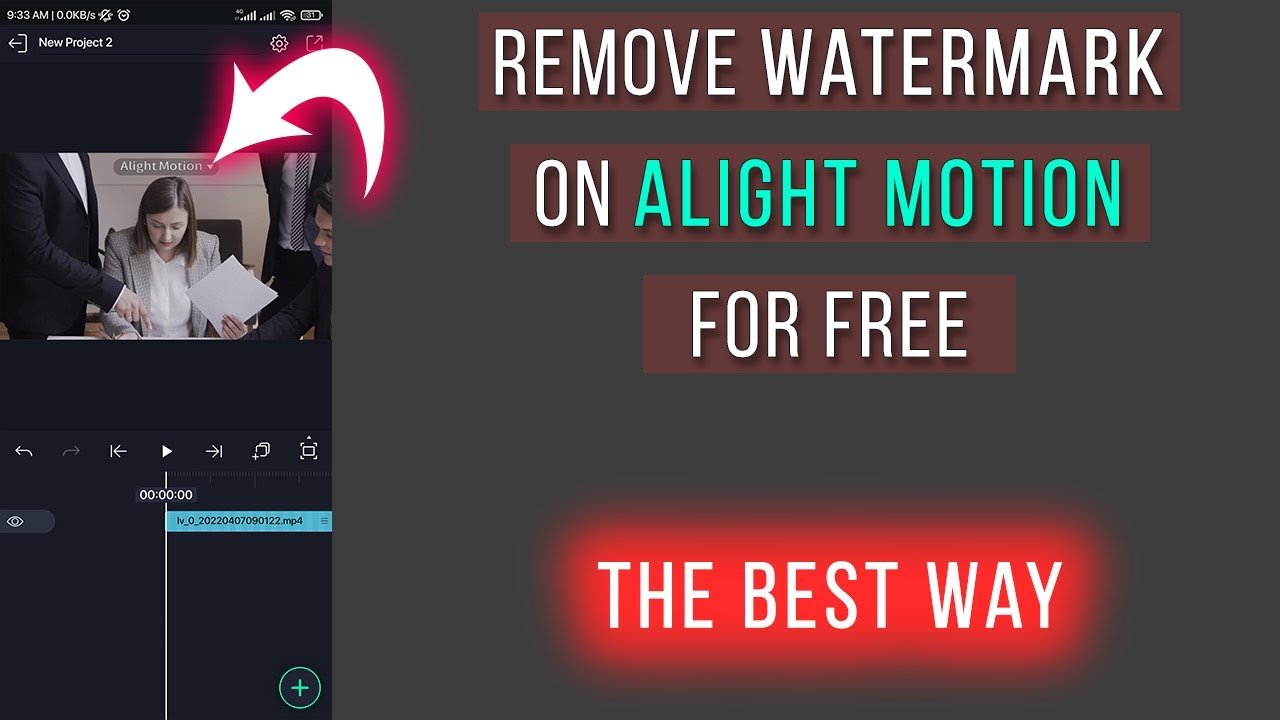Grouping layers in Alight Motion is simple and can significantly enhance your editing efficiency. By consolidating layers, you manage them more easily and apply effects uniformly. To start, select the layers you wish to group by tapping on each layer while holding down the selection button. Once you’ve chosen your layers, tap on the group icon located at the top of the screen. This action will instantly group your selected layers, allowing you to move and edit them as one single unit. Knowing how to group layers in Alight Motion can save you time and streamline your workflow.
Table of Contents
- How to Group Layers in Alight Motion
- Frequently Asked Questions
- Final Thoughts
How to Group Layers in Alight Motion
Alight Motion is a powerful mobile app designed for creating impressive animations and videos. It offers various tools and features that make video editing fun and efficient. One essential skill in using Alight Motion effectively is learning how to group layers. Additionally, many users want to know how to remove green screen in Alight Motion to create professional-looking videos. Grouping layers can simplify your workflow and help you manage complex projects more easily. In this article, we’ll dive deep into the process of grouping layers in Alight Motion, explore its benefits, and provide a step-by-step guide to ensure you master this essential skill.
Understanding Layers in Alight Motion
Before diving into grouping layers, it’s important to understand what layers are and why they matter.
What are Layers?
Layers in Alight Motion are like sheets stacked on top of each other. Every element you add to your project—be it a shape, text, image, or video—exists on its own layer. Layers give you control over each element independently, allowing you to move, scale, rotate, and modify without affecting other elements.
Importance of Layers
- Layers help keep your project organized. You can easily find and edit specific elements.
- Layers allow for independent adjustments. You can change the properties of one layer without impacting others.
- Layers make it easy to add or remove elements without disrupting the overall design.
Understanding layers is crucial as it lays the foundation for effectively grouping them.
The Benefits of Grouping Layers
Grouping layers is an advanced feature that can significantly enhance your workflow. Here are some key benefits:
Improved Organization
Grouping layers helps you keep related elements together. For example, if you’re working on a logo animation, you can group all the logo elements together. This way, you can easily manage them as a single unit.
Ease of Editing
When layers are grouped, you can move, scale, or rotate the entire group instead of editing each layer individually. This saves time and ensures consistency.
Cleaner Timeline
Grouping layers reduces clutter in your timeline. Instead of dealing with many individual layers, you can manage a few groups. This makes your timeline cleaner and easier to navigate.
Step-by-Step Guide to Grouping Layers in Alight Motion
Now that we understand the benefits, let’s walk through the process of grouping layers in Alight Motion.
Step 1: Open Your Project
First, open the project where you want to group layers. If you don’t have a project yet, create a new one by tapping the ‘+’ button and selecting your desired project settings.
Step 2: Select the Layers
To group layers, you need to select the layers you want to group. You can do this by:
- Tapping and holding a layer to select it.
- Tapping additional layers to add them to your selection.
Make sure you select all the layers you want to include in the group.
Step 3: Access the Grouping Option
Once you’ve selected the layers, look for the grouping option. This can usually be found in the toolbar or menu. Tap on the **group icon** to group the selected layers together.
Step 4: Name Your Group
It’s a good practice to name your groups for better organization. You can do this by tapping on the group and selecting the **rename** option. Give your group a meaningful name that reflects its contents.
Step 5: Manage and Edit the Group
Now that your layers are grouped, you can manage and edit them as a single unit. This includes moving, scaling, rotating, and applying effects to the entire group. If you need to edit individual layers within the group, you can **ungroup** them temporarily, make your changes, and then regroup them.
Advanced Tips for Grouping Layers
To make the most of grouping layers in Alight Motion, consider these advanced tips:
Nested Groups
You can create nested groups by grouping existing groups together. This is useful for managing complex projects with many elements.
Using Masks with Groups
Masks can be applied to groups to control the visibility of the entire group. This is useful for creating advanced effects and transitions.
Grouping for Animations
Grouping layers is particularly useful for animations. You can animate the entire group instead of animating each layer individually. This ensures consistency and saves time.
Organizing Your Timeline
Regularly group layers to keep your timeline organized. This makes it easier to navigate and manage your project, especially as it becomes more complex.
Common Mistakes and How to Avoid Them
While grouping layers can be incredibly helpful, there are some common mistakes to watch out for:
Not Naming Groups
Always name your groups. This helps you stay organized and makes it easier to find specific groups later on.
Over-Grouping
Avoid grouping too many layers together. This can make it difficult to manage individual elements. Instead, create nested groups for better organization.
Forgetting to Ungroup
If you need to edit individual layers, remember to ungroup them before making changes. This ensures you don’t accidentally move or modify other layers in the group.
Practical Examples of Grouping Layers
Let’s look at a few practical examples to see how grouping layers can be applied in real projects.
Example 1: Animating a Logo
Imagine you’re animating a logo with multiple elements like text, shapes, and images. Here’s how grouping layers can help:
- Group all the elements of the logo together.
- Apply a scaling animation to the entire group to make the logo zoom in or out.
- Animate an individual element within the group if needed.
Example 2: Creating a Text Animation
If you’re creating a text animation with multiple layers, grouping layers can simplify the process:
- Group text layers together.
- Apply a motion path to the entire group to move the text as a single unit.
- Adjust the timing and effects of individual text layers within the group.
Example 3: Managing Video Clips
When working with multiple video clips, grouping layers can help keep things organized:
- Group related video clips together.
- Apply transitions to the entire group for consistent effects.
- Adjust the position and scale of the group to fit your project.
Example 4: Special Effects
For projects with special effects, grouping layers can streamline your workflow:
- Group elements involved in the special effect.
- Apply the effect to the entire group for consistent results.
- Fine-tune individual layers within the group as needed.
Grouping layers in Alight Motion is a powerful technique that enhances your editing experience. By understanding the importance of layers, the benefits of grouping, and following a step-by-step guide, you can take your projects to the next level. Remember to use advanced tips and avoid common mistakes for optimal results. Happy editing!
Frequently Asked Questions
Can I ungroup layers after grouping them in Alight Motion?
Yes, you can ungroup layers after grouping them. Simply select the grouped layers and then find the “Ungroup” option in the menu. This will separate the layers back into individual components while retaining their properties and positions.
Can grouped layers be edited individually after grouping?
Yes, you can still edit individual layers after grouping. To do this, you need to expand the group and select the specific layer you want to edit. This allows you to make precise changes without affecting the rest of the group.
How do I apply effects to a group of layers in Alight Motion?
To apply effects to a group of layers, first select the group. Then, navigate to the effects menu and choose the desired effects. The effects will apply to the entire group, maintaining consistency and ensuring uniformity in your project.
Final Thoughts
Grouping layers in Alight Motion simplifies your editing process and keeps your project organized. To group layers, select the layers you want to combine, then tap the Group option. This method not only helps manage complex projects but also allows for easier edits and adjustments. By grouping layers in Alight Motion, you can enhance your workflow, making it more efficient. Remember, mastering how to group layers in Alight Motion can make a significant difference in your video editing experience. Practice this technique to improve your skills and create more cohesive animations.



